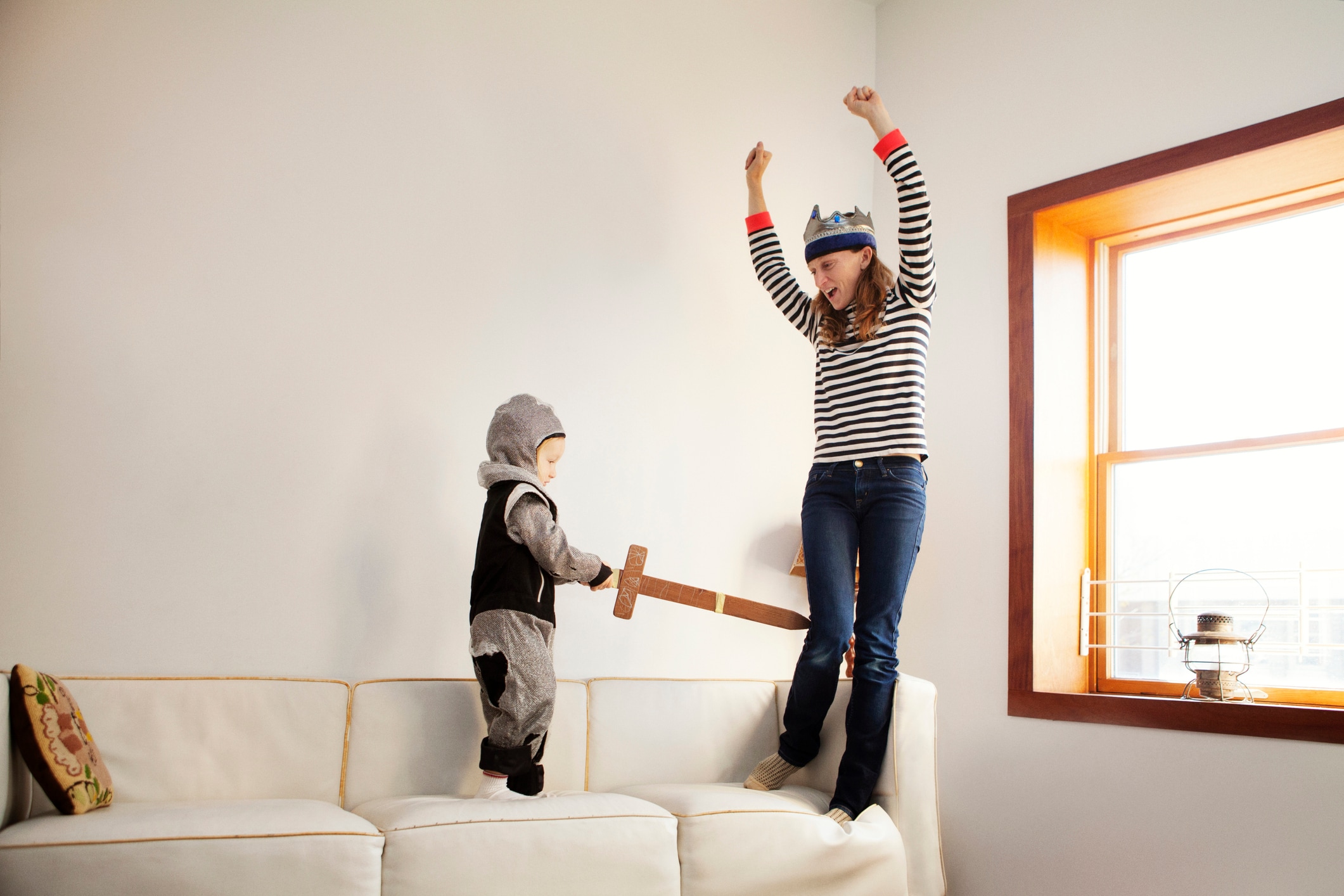So you’ve found a sitter who looks great on paper and aced your interview questions. Now the big question: How will they interact with your children?
One of the best ways to see how a new babysitter will handle your children — and how your children will respond to them — is to have the sitter do a trial run. A trial run is exactly what it sounds like: It’s a designated time for you to observe the babysitter in action and see if they’re a fit for your family.
A tryout is similar to any other time your babysitter might work for you — you’ll pay the sitter to watch your children. The only difference is, you’re there to make observations and answer questions. Note that it is less about making sure the babysitter does everything 100% correct and more about seeing how they engage with your children, tackle challenges and whether or not they fit comfortably into your household. Not every family has potential babysitters do a trial run, but if you can find a time in your schedule to arrange one, most experts recommend doing it.
How to set up a babysitter trial
Here’s what you need to know to set up a successful babysitter tryout.
- Set a time frame. The trial typically happens after a successful interview has taken place. You’ll schedule a time for the babysitter to come over and watch the children while you’re at home.
- Plan to pay. An important thing to remember about the trial, says Rachel Charlupski, founder of the Babysitting Company, is that it is paid time. Even though you’re still at home, the babysitter should not be expected to work for free.
- Offer instructions. When the babysitter arrives, you should offer them some basic instructions, such as a rundown of your children’s typical routines during that time of the day and where any items they might need are located. The trial is about observing how the babysitter interacts with your children, but you shouldn’t expect them to function without any direction.
- Be available, but don’t hover. Once the babysitter is all set, try your best not to interfere. You might go work in another room and check in occasionally, or use the time to catch up on some chores in a nearby area of the house, but it’s important to observe how the sitter engages your children without any prodding. “The hardest thing for me is when a parent hovers or tries for force interactions between me and the kids,” says Brittany Hyson, who’s been a babysitter in San Diego, California, for three years. “It takes a little bit of time for most kids to warm up to a stranger, and they need to be allowed to get comfortable with me without being pushed into anything.”
- Ask questions. Once the trial is over, have a conversation with your babysitter and ask them how the trial went from their perspective. If there are specific areas you’re concerned about, such as how a meal time went with a picky eater or whether or not the babysitter feels comfortable dosing your child’s medication, ask about those specific areas. “Remember, this is about getting to know the sitter,” notes Charlupski. It should be an exploratory event with plenty of room for discussion.
“The hardest thing for me is when a parent hovers or tries for force interactions between me and the kids.”
BRITTANY HYSON, BABYSITTER
What to look for during the babysitter trial run
The trial run may not run completely perfect, but keep an eye out for these key aspects.
Personality
By the time a babysitter has made it to the trial period, they’ve already impressed you with their skills, qualifications and personality during the interview. Now, it’s time to see if their personality and energy level work with your children, says Dr. Jarret Patton, a pediatrician in Allentown, Pennsylvania. Notice how they talk to your children, how they engage them, what games and activities they play and how your children respond to the babysitter.
Ability to follow instructions
A babysitter who has never been to your home or met your children before won’t automatically know everything there is to know about being your caregiver, but if you provide instructions, they should be able to follow them. During the trial, notice how the babysitter adheres to house rules, if they can take direction and if they approach their role with confidence and show initiative.
Communication
The babysitter should be willing to communicate their needs to you and ask questions if they are unsure about something. Good communication shows that a babysitter is engaged and invested in doing their job well.
What if I don’t do a babysitter trial run?
Not everyone can afford to hire a babysitter during a time when they’re not actually leaving the house. Or, if you’re hiring a friend, neighbor or recommended babysitter with whom you already feel comfortable, you might not feel that a tryout is necessary. That’s OK!
In any case, says Patton, it’s important to at least do an interview and, if you feel it’s necessary, conduct a background check. Prepare detailed instructions for your babysitter’s first day and, if you want to allow the children and the new sitter an adjustment period, plan to only be gone for a short time during their first job.
Every family is different, so your hiring process will be as unique to you as the babysitter you eventually choose to hire. But, when possible, a trial run is an excellent, low-stakes way for you, your children and your potential future babysitter to explore whether or not this is the ideal fit for all of you.





